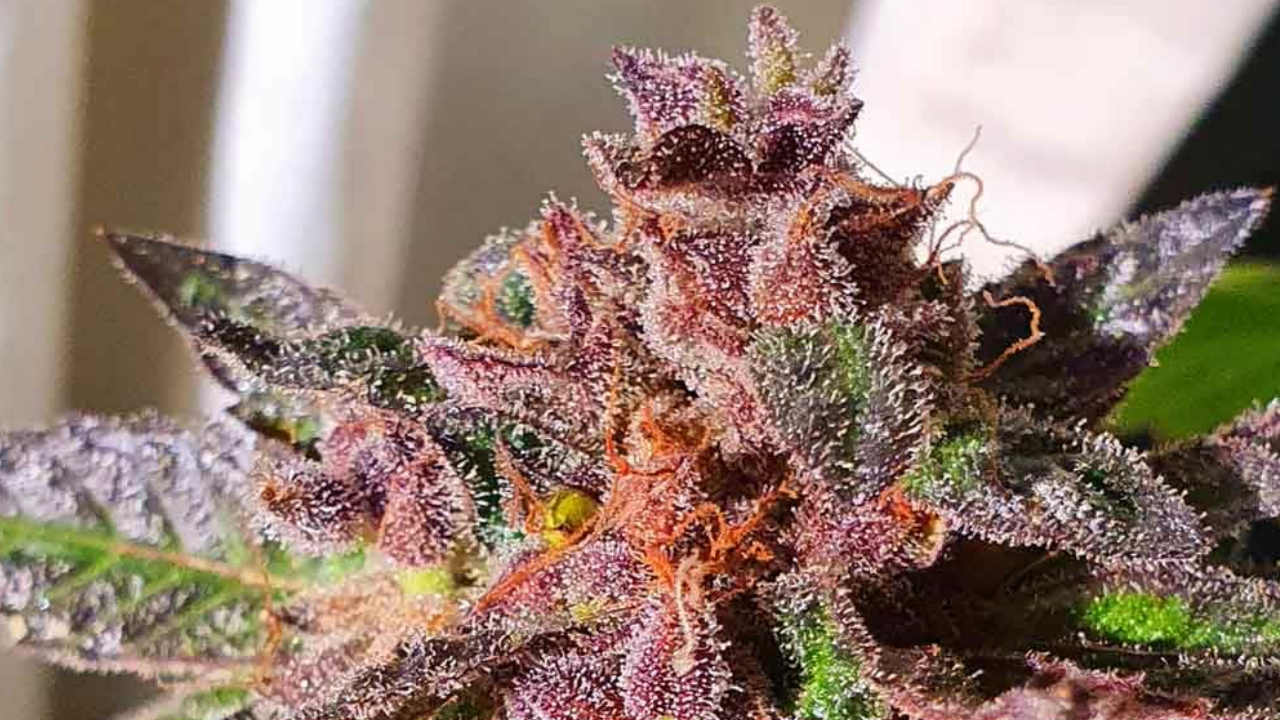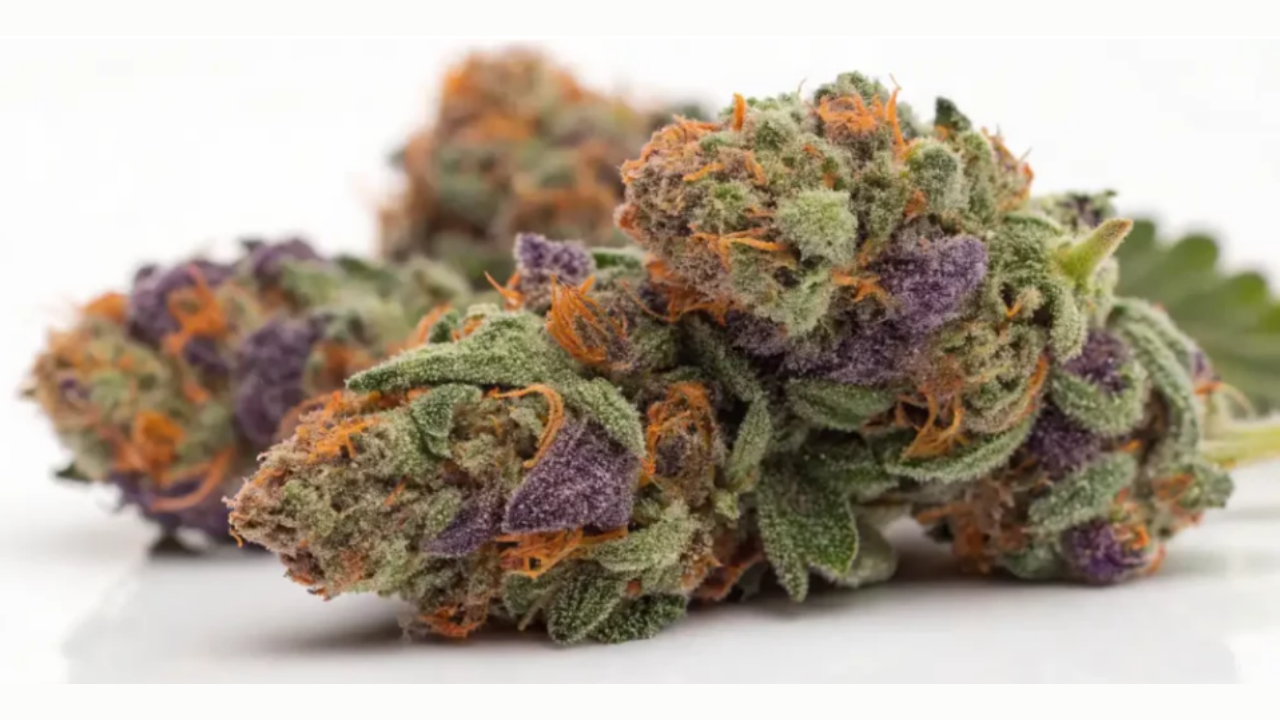Traditional versus Modern Techniques
Cannabis concentrates have become an essential part of the cannabis industry, offering consumers highly potent and versatile forms of the plant. Among the most popular concentrates are hash (hashish) and butane hash oil (BHO), two extracts that differ significantly in their production methods, potency, and effects. Understanding these differences is crucial for both recreational and medicinal users looking to optimize their cannabis experience. This article explores the contrasts between hash and BHO, examining their extraction processes, chemical compositions, and overall benefits.
Understanding Hash: The Traditional Concentrate
Hash is one of the oldest cannabis concentrates, dating back centuries to regions like India, Afghanistan, and Morocco. It is made by collecting and compressing trichomes, the resinous glands found on cannabis flowers, into a dense, sticky mass.
Butane Hash Oil (BHO): The Modern Extract
BHO is a newer form of cannabis concentrate that emerged with advancements in extraction technology. It involves the use of butane solvent to strip cannabinoids and terpenes from the plant material, producing a highly potent and versatile product.
Both hash and BHO have their unique advantages in the world of cannabis concentrates. Hash offers a traditional, full-spectrum experience, while BHO provides high-potency effects with various textures and applications. As cannabis extraction technology evolves, both methods will continue to be refined, offering users more options tailored to their needs. Understanding these differences allows consumers to make informed choices about their preferred cannabis concentrate experience.
Sid Prince
Photo credit links:
wikimedia file Gold Brown Trim Butane Honey Oil
wikimedia file American Medical Hash (9)




